My Royal H Mixte is almost built up, save for the fenders, racks and lights. I don't want to post glamour shots before the bike is completed, but let's just say it has some unusual features! The build has been slow, but more or less trouble-free so far... until we ran into an unexpected glitch with the handlebar setup.
My idea for this bicycle was to install VO Porteur handlebars with Silver bar-end shifters and Guidonnet brake levers. In theory this seemed like a good plan, but in practice several things have gone awry...
First, the stem length we thought would work (6cm) is apparently too short, because when I lower the bars down to where I want them, the bar-ends overlap too much with my knee if I sharply turn the handlebars while the pedal is in the up position. So we had to exchange the stem, and thankfully the shop that sold it to us was willing to do that. We are now installing a 10cm stem and will see whether that eliminates the overlap.
But the bigger problem is the Guidonnet brake levers themselves. They look fantastically French and provide plenty of braking power, but I find their placement awkward.
As you can see in the pictures, the Guidonnets are shaped like a pair of short rod-brake levers. They are installed in such a way, that their curve is meant to follow the curve of the handlebars. And because the Porteur bars are quite narrow, my hands end up in a position that is too close to the stem when braking - which I find suboptimal in its effect on the bicycle's handling.
{Edited to add: I have now test-ridden the bicycle with these brake levers extensively. When going over 12mph, the handling in this position stabilizes; slower than that it is somewhat shaky. It is basically a very aggressive position close to the stem, similar to the "fixie grip". The levers are good if you want a bike with swept-back bars to handle aggressively in city traffic. The levers are not so good if you don't.}
As you can see here, the Guidonnet levers don't allow you to brake from the upright position on the handlebars, but make you lean forward and move your hands closer to the stem. I find it counter-intuitive to brake in an aggressive position and shift in a relaxed position; should it not be the other way around? I will test ride the bike some more once we install the longer stem, but I suspect that I might have to admit that the Guidonnets were a mistake - which leaves the question of what to do instead.

One possibility would be to install inverse brake levers (which I already have lying around) and fit the Silver shifters into a set of Paul's Thumbies handlebar mounts, as Renaissance Bicycles has done on the build shown above. I have never seen Silver shifters mounted on the handlebars before, only the (considerably less classic-looking) Shimanos. Having spoken to Bryan from Renaissance about it, I learned that he has rigged up a system to make the Silver set-up possible, and I am considering emulating it. The problem is, that the Co-Habitant is vehemently against this plan: He insists that placing the shifters on the handlebars would "cheapen a high end bike". I understand what he means, but I disagree when it comes to the Renaissance method involving the Silver shifters; I think it looks surprisingly elegant. Honest opinions?
The alternative solution would be to get rid of the Porteur bars and take the Albatross bars from Marianne - installing them in the same upside-down manner, only with bar-end shifters and with the entire bar wrapped. I could do it, though I was really looking forward to having the Porteur bars on this bicycle. Maybe there are other possibilities I am missing? I would like for this bicycle to retain a vintage French look, which I feel is better achieved with the Porteurs than with the upside-down Albatross. Suggestions welcome!
{Edited to add: the Guidonnet levers have now been sold; thanks for your inquiries!}
First, the stem length we thought would work (6cm) is apparently too short, because when I lower the bars down to where I want them, the bar-ends overlap too much with my knee if I sharply turn the handlebars while the pedal is in the up position. So we had to exchange the stem, and thankfully the shop that sold it to us was willing to do that. We are now installing a 10cm stem and will see whether that eliminates the overlap.
But the bigger problem is the Guidonnet brake levers themselves. They look fantastically French and provide plenty of braking power, but I find their placement awkward.
As you can see in the pictures, the Guidonnets are shaped like a pair of short rod-brake levers. They are installed in such a way, that their curve is meant to follow the curve of the handlebars. And because the Porteur bars are quite narrow, my hands end up in a position that is too close to the stem when braking - which I find suboptimal in its effect on the bicycle's handling.
{Edited to add: I have now test-ridden the bicycle with these brake levers extensively. When going over 12mph, the handling in this position stabilizes; slower than that it is somewhat shaky. It is basically a very aggressive position close to the stem, similar to the "fixie grip". The levers are good if you want a bike with swept-back bars to handle aggressively in city traffic. The levers are not so good if you don't.}
As you can see here, the Guidonnet levers don't allow you to brake from the upright position on the handlebars, but make you lean forward and move your hands closer to the stem. I find it counter-intuitive to brake in an aggressive position and shift in a relaxed position; should it not be the other way around? I will test ride the bike some more once we install the longer stem, but I suspect that I might have to admit that the Guidonnets were a mistake - which leaves the question of what to do instead.

[image via Reinassance Bicycles and ecovelo]
One possibility would be to install inverse brake levers (which I already have lying around) and fit the Silver shifters into a set of Paul's Thumbies handlebar mounts, as Renaissance Bicycles has done on the build shown above. I have never seen Silver shifters mounted on the handlebars before, only the (considerably less classic-looking) Shimanos. Having spoken to Bryan from Renaissance about it, I learned that he has rigged up a system to make the Silver set-up possible, and I am considering emulating it. The problem is, that the Co-Habitant is vehemently against this plan: He insists that placing the shifters on the handlebars would "cheapen a high end bike". I understand what he means, but I disagree when it comes to the Renaissance method involving the Silver shifters; I think it looks surprisingly elegant. Honest opinions?
The alternative solution would be to get rid of the Porteur bars and take the Albatross bars from Marianne - installing them in the same upside-down manner, only with bar-end shifters and with the entire bar wrapped. I could do it, though I was really looking forward to having the Porteur bars on this bicycle. Maybe there are other possibilities I am missing? I would like for this bicycle to retain a vintage French look, which I feel is better achieved with the Porteurs than with the upside-down Albatross. Suggestions welcome!
{Edited to add: the Guidonnet levers have now been sold; thanks for your inquiries!}






 14:57
14:57
 kaniamazdar
kaniamazdar


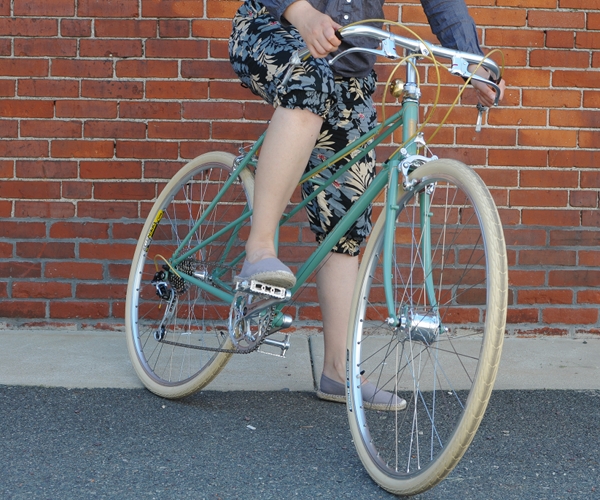
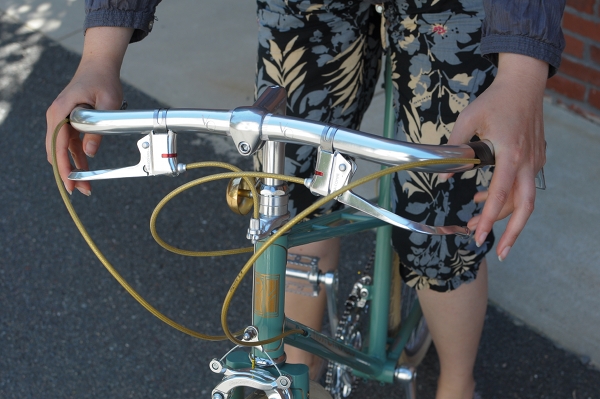
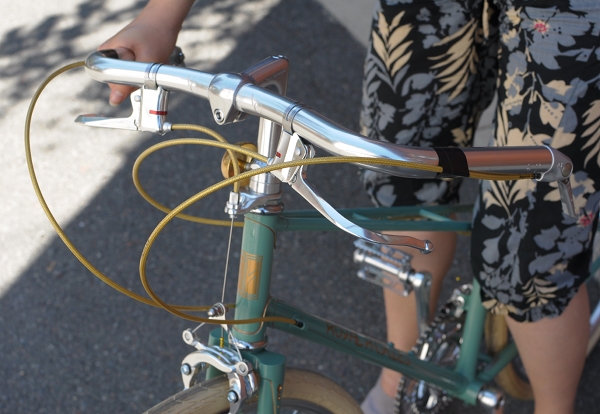
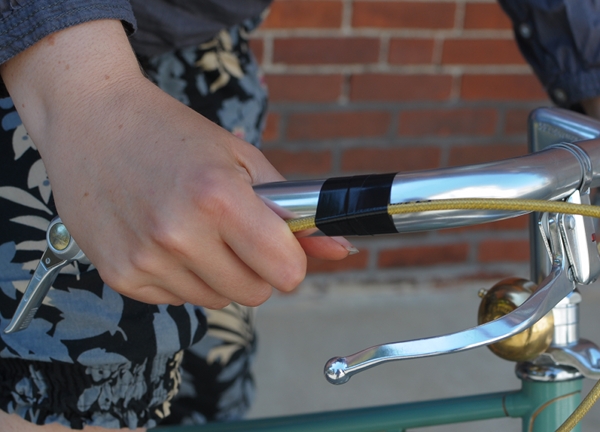
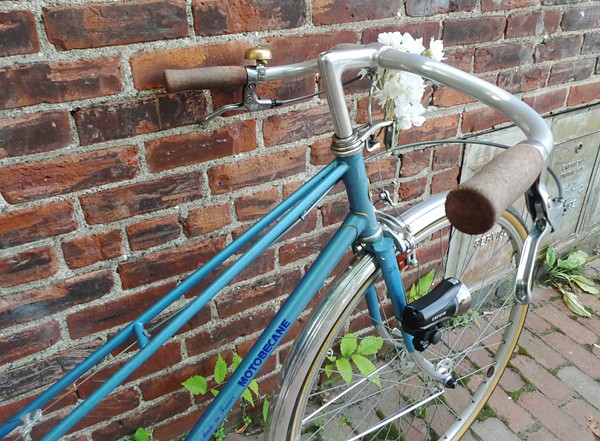
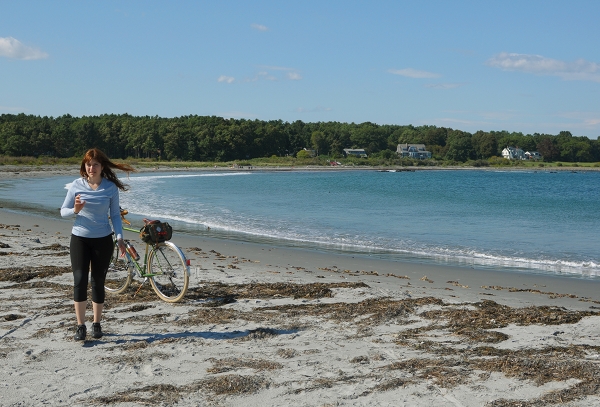
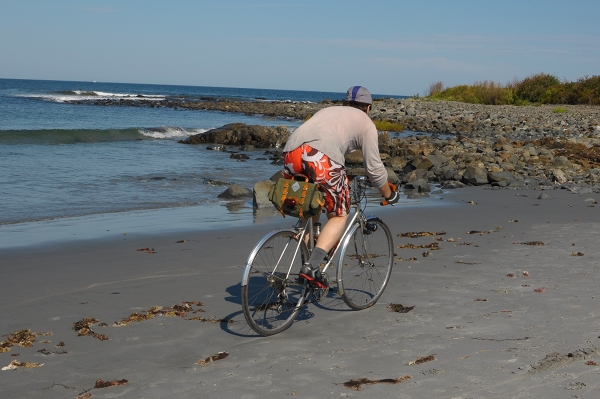
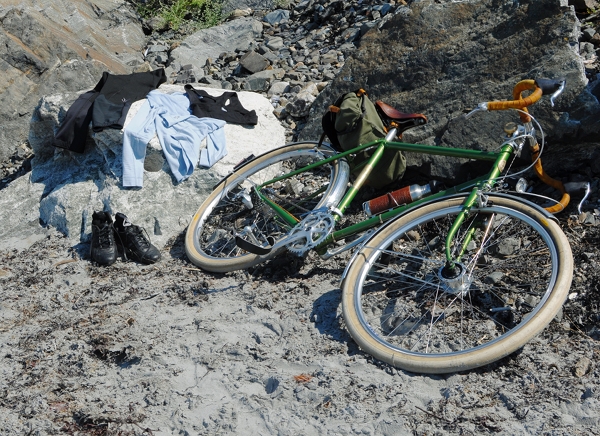
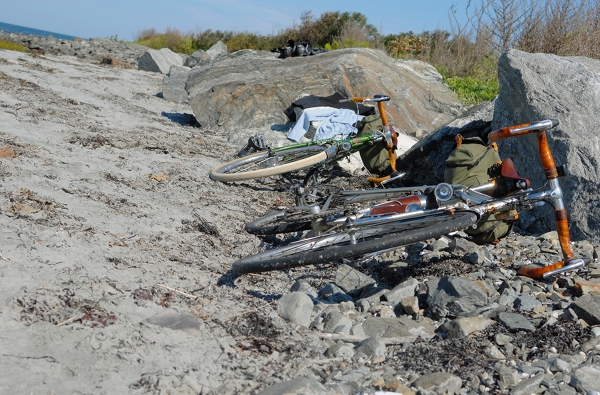
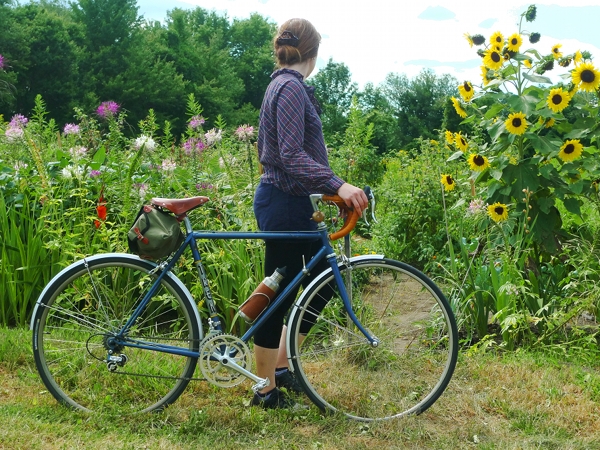
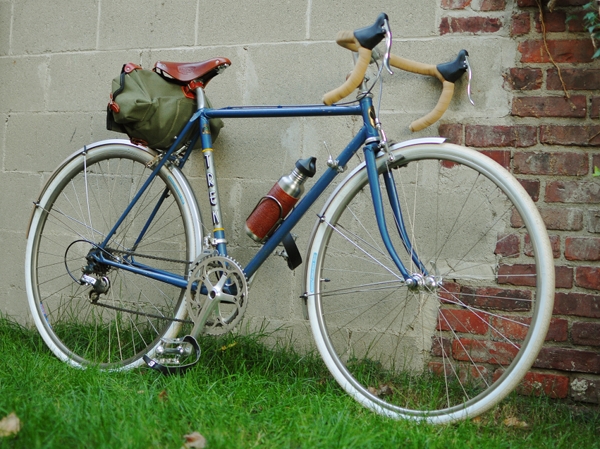

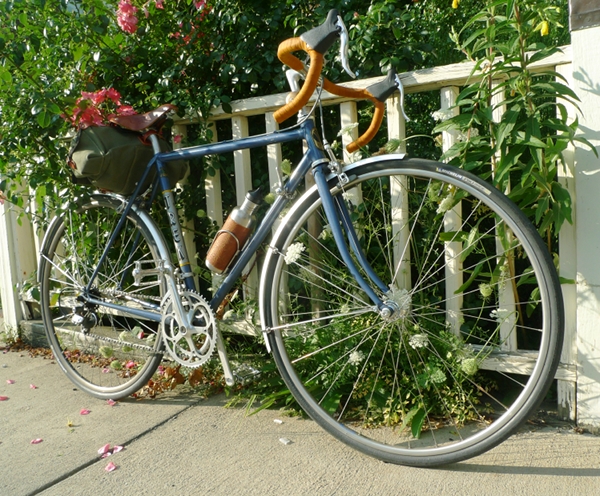
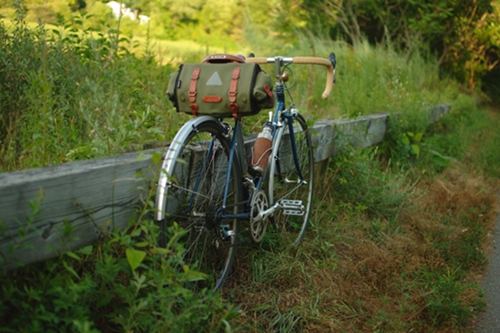
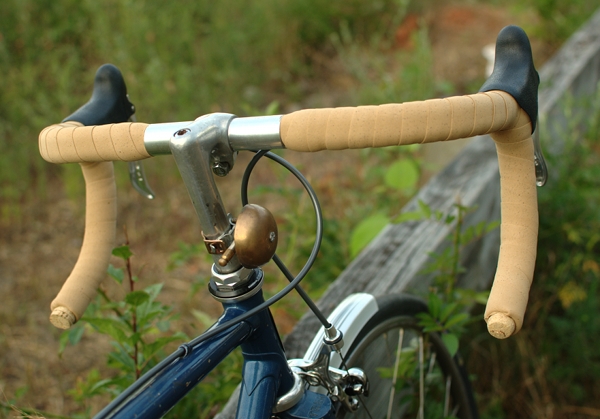
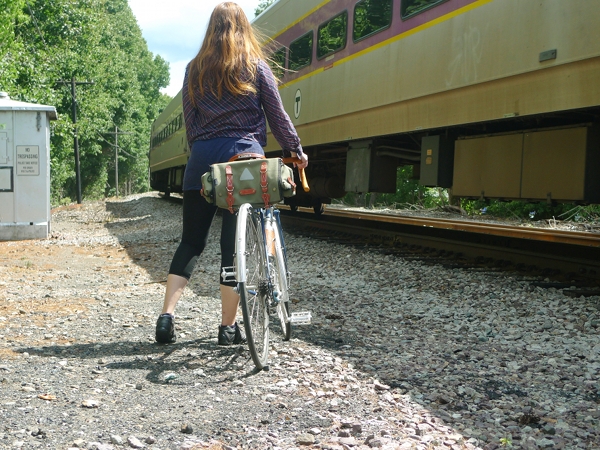

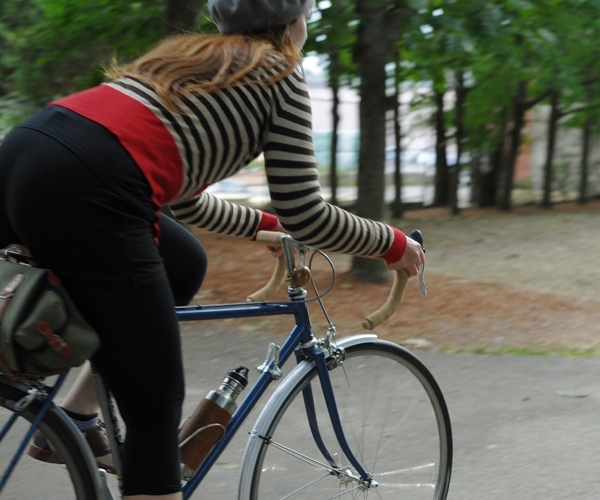

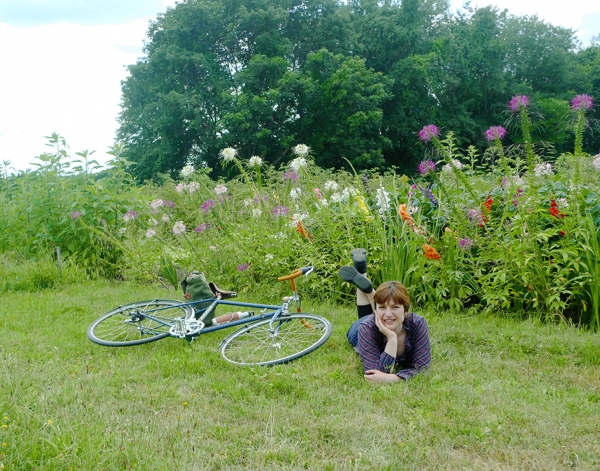
.jpg)





.jpg)











































